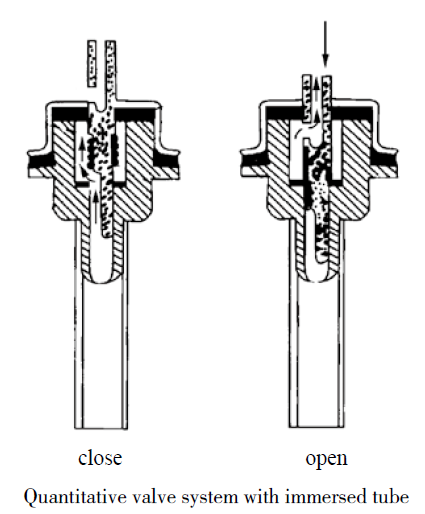Aerosols and sprays are widely used in industry, agriculture, scientific research and people’s daily life in virtue of their advantages such as small volume, light weight, easy to carry and use, excellent function, and suitable for application for open, close and semi-close applicable spaces. Aerosols and sprays atomize functional active components into very fine droplets/particles via pressure device, which can easily spread throughout the whole application space, or evenly distribute on the object surfaces, to make full use of the valuable active components. Herein, the development history, product characteristics, working principle, device structure, key components, production process and application notices of aerosols and sprays were introduced. Furthermore, the typical applications of aerosols and sprays in hair and body care, household cleaning, medical products with natural active components, and biological pharmaceutical preparations in recent years were mentioned. Finally, the possible priorities and directions for research and development of aerosols and sprays in the future were also briefly pointed out.



